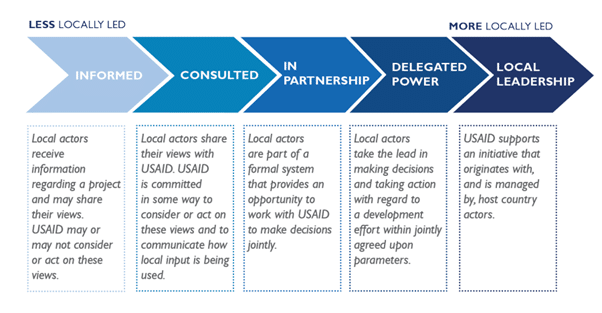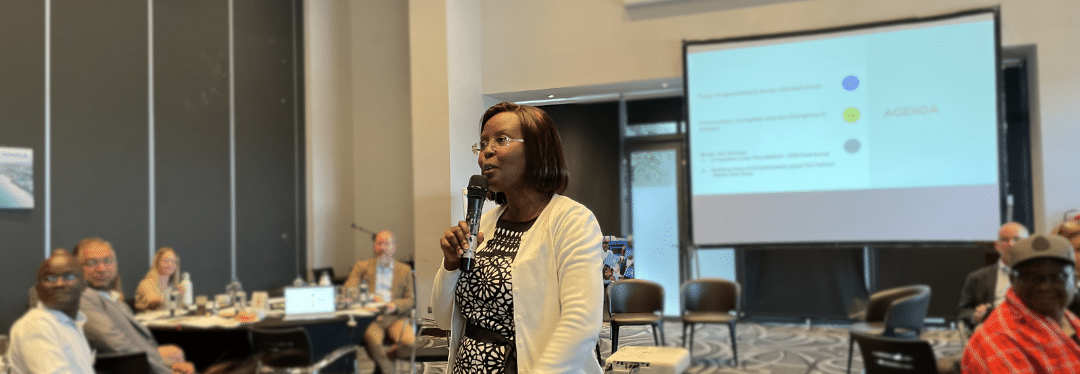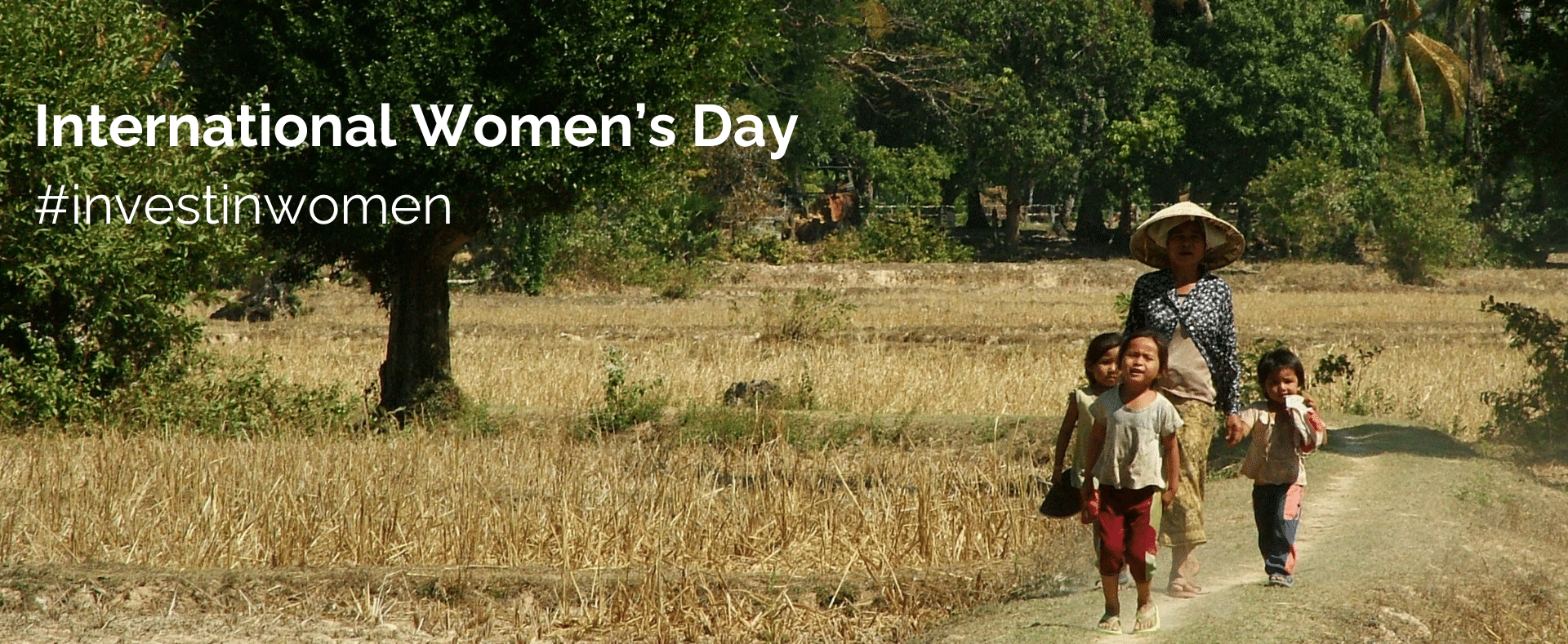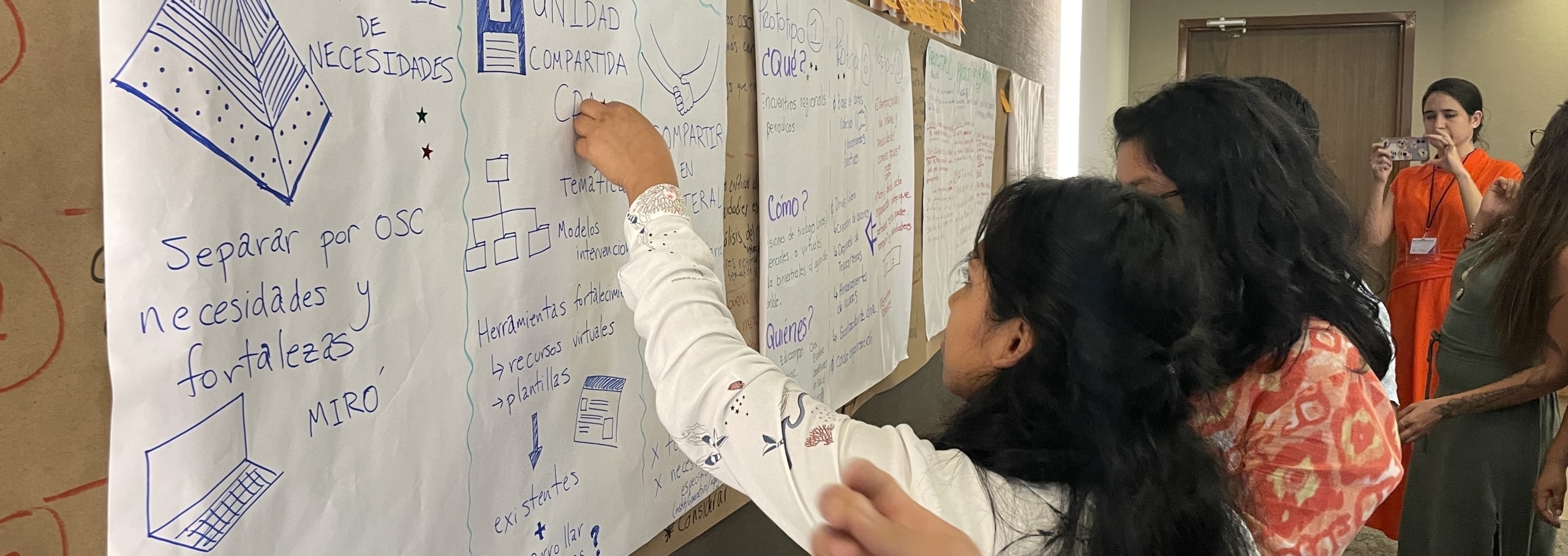Development requires local ownership for long-term success and sustainability. We all know this, and if we’re being honest, we also all know it is a struggle.
We wanted to help USAID and partners push a little bit more to get to greater local ownership; so much is already happening, but can we make even more progress?
We started from the locally-led development framework put forward by USAID’s Local, Faith, and Transformative Partnerships Hub (found here) and asked ourselves: what would more locally-led development look like in the Vietnam context? Where can we improve practices, even if only slightly, to move closer to the right side of this spectrum?

Photo by: USAID Learns
As a result, we created this “localized” version of the spectrum above with specific ideas for how USAID/Vietnam and its implementing partners could get closer to local leadership during design, procurement, and implementation.
Here are some of our examples of this localization in action during these phases of the Program Cycle. Part 1 of this series covers design and procurement; part 2 will cover implementation.
Design
Over the last few years, USAID/Vietnam has pushed for greater local ownership in the design process. In the Vietnam context, any donor-funded program should have project approval from the Government of Vietnam (GVN) as required by Vietnamese law. Project approval formally demonstrates GVN’s commitment and partnership to carry out the objectives of the program. However, it can be a cumbersome process with multiple government agencies involved, the most important of which is known as the managing agency and is considered the primary government counterpart for the program. A 2021 USAID/Vietnam internal review found that over half of USAID’s approved projects took over one year to obtain project approval. Of those, 34% took over two years to obtain project approval. The average project lasts about five years; as a result, roughly 20%-40% of the implementation period may be spent seeking project approval. Typically, USAID’s implementing partners are limited in their ability to implement without project approval, representing significant inefficiency in delivering development results. Equally important, a lack of project approval also means that USAID and its implementing partners don’t have buy-in from the managing agency, which can lead to significant issues during implementation.
In response to this challenge and based on learning from its Government Project Approval Study carried out by USAID Learns, USAID/Vietnam adjusted its internal design procedures (the Mission Order on Project and Activity design) to move towards greater local ownership. These changes included: (1) requiring identification of the managing agency during the design process; (2) engaging the managing agency more intentionally during the design phase; and, in some cases, (3) signing Memorandums of Understanding or Limited Scope Grant Agreements (LSGA) to agree on shared outcomes and objectives. This higher level of collaboration then often feeds into design meetings between USAID and the managing agency to agree on target locations and key interventions or approaches, setting the implementing partner up for potentially quicker project approval post-award.
USAID/Vietnam also engages non-governmental local stakeholders during the design process. For example, using the Theory of Change Workbook, USAID Learns helped facilitate collaboration with local experts and well-respected environmental protection organizations that informed USAID’s Vietnam Action Against Plastic Pollution solicitation.
Procurement
USAID/Vietnam also adjusted its procurement processes, particularly for cooperative agreements to actively collaborate with the managing agency and relevant local stakeholders. This process, known as the Strategic Alignment Validate Exercise (or SAVE), is intended to save time seeking project approval after award. SAVEs can take many forms but the end result is buy-in from the managing agency on the scope of the new activity. Even in cases where the managing agency is actively involved in the design, they can also use the SAVE to get other government agencies on board, enabling intragovernmental collaboration on the Vietnam side. Under Office of Acquisition and Assistance (OAA) leadership and in collaboration with technical offices, USAID Learns has facilitated numerous SAVEs and documented the process and available resources in the SAVE roadmap available to USAID staff. These changes were also shared in our CLA case competition entry selected as a finalist in 2021.
Localization – like most aspects of development work – looks different based on location. In the Vietnam case, with a receptive, CLA-oriented Mission and local requirements, we have managed to move closer to the right side of the locally-led development spectrum. And, of course, even more can be done.
What would more local ownership look like in your context? Where can you improve practices, even if only slightly, to move closer to locally-led development?
———————————————
Author: Monalisa Salib, Deputy Chief of Party, USAID Learns (support contract to USAID/Vietnam)
Photo by: USAID Asia








